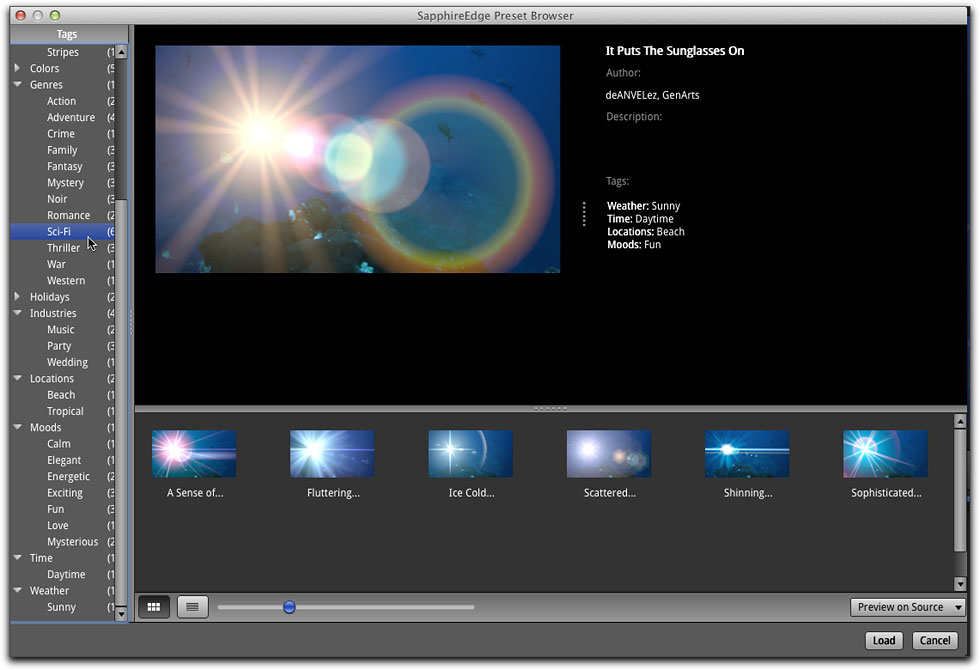

You May Also Like 25.97-carat emerald found by Toronto miner Chatoyancy (Cat’s eye)Ĭhatoyancy is the appearance of a luminous band, generally white, which slides on the surface of a cabochon under a light and creates an effect reminiscent of the slit of a cat’s eye. Though it is iridescence, many in the pearl business more often than not call the effect ‘the Orient.’ Iris quartz is one of the few gemstones in which the iridescence is entirely caused by fissures inside. Nacre and pearl are each composed of layers upon layers of conchiolin and aragonite. For example, in Labradorite, the labradorescence is caused by the overlapping thin layers of calcium and sodium, while fire agate contains thin layers of iron oxide inside a quartz. More often than not, the iridescence, adularescence, and/or labradorescence observed in a gemstone is caused by the reflection and interference of light on layers inside the stone. Simply put, because Labradorite and moonstone are from the same family (called feldspar), the gemmology community decided to name the optical effect differently for the two gems. Like iridescence and adularescence, labradorescence (observed in Labradorite) is also the reflection and interference of light inside a gemstone. The light is diffused inside and creates the blue sheen. Like iridescence, this blue can be seen moving, depending on the incident light change. Popular examples of iridescence in gemstones include rainbow garnet (mostly from Japan), fire agate, pearl, nacre, iris agate, and rainbow obsidian.Īdularescence, seen in moonstone, is blue or white reflection observed inside a gemstone.

Some industry professionals consider it the same iridescence you can also observe in a fissure or a broken stone, while others do not consider this an optical phenomenon. The colourful sheen can also be seen shifting, depending on the incident light change and how a gemstone is moved. Iridescence, for instance, is a lot like adularescence however, while the latter primarily offers a blue lustre, iridescence can show all colours of the rainbow in the reflection observed inside a gemstone. In gemmology, iridescence, adularescence, and labradorescence are often grouped together, but each offers its own unique beauty. Iridescence, adularescence, and labradorescence sapphire, ruby, beryl, etc.) can have the optical phenomenon. spinel, garnet, diamond, etc.) are not able to have any pleochroism only the anisotropic gemstones ( e.g. The aforementioned is the result of the light’s polarization in two vibrant perpendicular rays. Pleochroism is mainly attributed to the differential selective absorption of wave lengths. kyanite (dark blue/violet blue/pale blue or colourless).unheated tanzanite (violet/blue/yellow or fuchsia) and.iolite (violet blue/colourless/yellow).andalousite (greenish/yellowish/reddish brown).Meanwhile, examples of trichroism include: emerald (blueish green/yellowish green).aquamarine (colourless or sky blue/blue or green).tourmaline (two tones of the same colour).amethyst (grey purple/reddish or bluish purple).Typical Tanzanite rough with two colours showing of its pleochroism. Some gemstones have two colours visible at a time (dichroism), while others have three (trichroism). Pleochroism refers to seeing different colours in a gemstone depending on the direction of observation or viewing. This article will explore optical phenomena in gemmology, offering an explanation as to why and how it occurs, expanding this knowledge, and helping jewellers better explain the wonders of gemstones to their clients.


Without even knowing, we encounter these phenomena on a daily basis, whether in opal, moonstone, alexandrite, or cat’s eye chrysoberyl-that said, one should be careful not to confuse optical property, such as dispersion in a diamond, with optical phenomena. It is, in essence, the reflection, diffraction, absorption, and/or diffusion of that light. What is an optical phenomenon? Plainly put, this term embodies the result of the way light interacts with the crystalline structure, inclusions, and/or internal structure of a gemstone. By Lauriane Lognay Gemstones showing adularescence (moonstone), labradorescence (Labradorite), orient (nacre), and iridescence (fire agate).


 0 kommentar(er)
0 kommentar(er)
